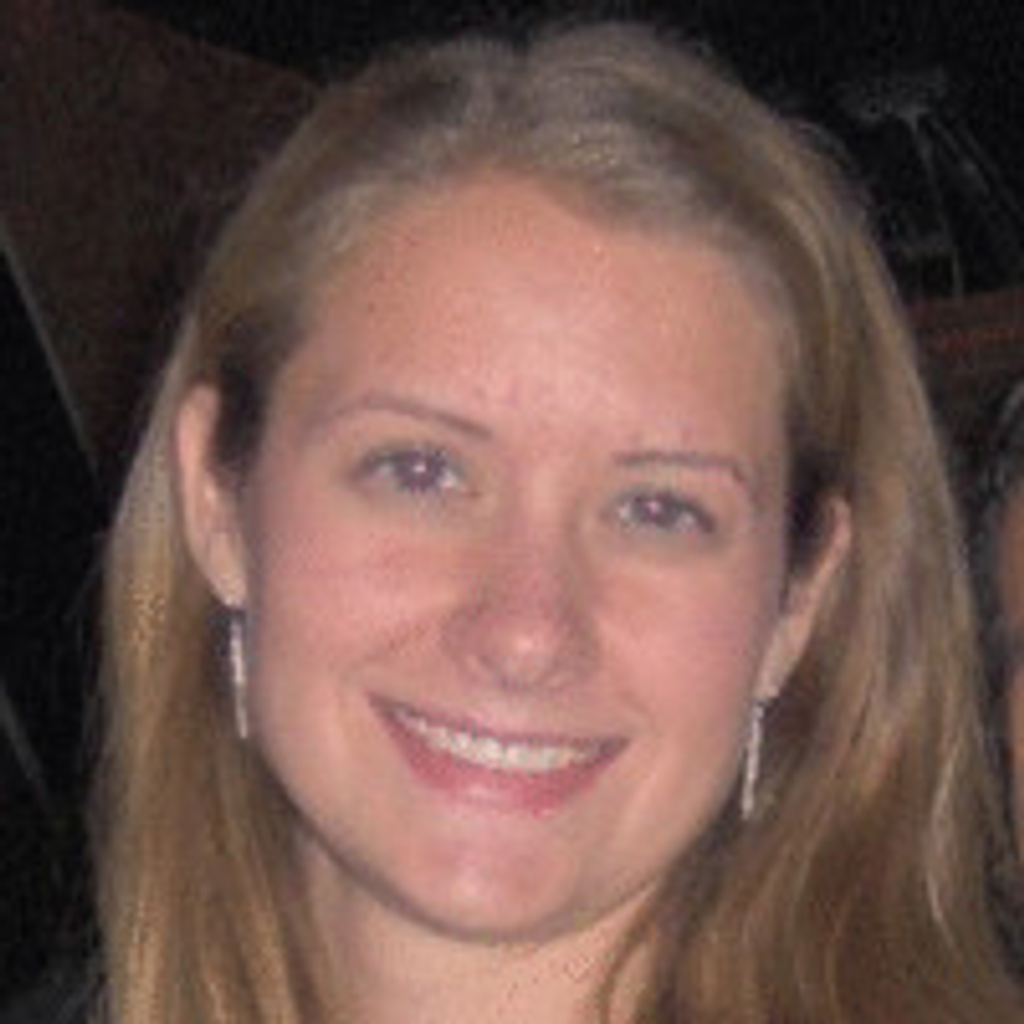WASHINGTON – NASA’s THEMIS, the Time History of Events and Macroscale Interactions during Substorms mission, is set to venture into space and help resolve the mystery of what triggers geomagnetic substorms. For the first time, scientists will get a comprehensive view of the substorm phenomena from Earth’s upper atmosphere to far into space, pinpointing where and when each substorm begins.
Substorms are atmospheric events visible in the northern hemisphere as a sudden brightening of the Northern Lights. THEMIS also will provide clues about the role of substorms in severe space weather and identify where and when substorms begin.
THEMIS’ five identical probes will be the largest number of scientific satellites NASA has ever launched into orbit aboard a single rocket. This unique constellation of satellites will line up along the sun-Earth line, collect coordinated measurements every four days, and be ready to observe more than 30 substorms during the two-year mission. Data collected from the five probes will pinpoint where and when substorms begin, a feat impossible with any previous single-satellite mission.
“For more than 30 years the source location of these explosive energy releases has been sought after with great fervor. It is a question almost as old as space physics itself,” said Vassilis Angelopoulos, THEMIS’ principal investigator at the University of California, Berkeley’s Space Sciences Laboratory. “A substorm starts from a single point in space and progresses past the moon’s orbit within minutes, so a single satellite cannot identify the substorm origin. The five-satellite constellation of THEMIS will finally identify the trigger location and the physics involved in substorms.”
Researchers have long known that the sudden brightening of the Aurora Borealis, or Northern Lights, is generated when showers of high-speed electrons descend along the magnetic field lines to strike Earth’s upper atmosphere. These lights are the visible manifestations of invisible energy releases, called geomagnetic substorms.
Scientists want to learn when, where, and why solar wind energy stored within Earth’s magnetosphere is explosively released to accelerate electrons into the Earth’s upper atmosphere. To find the answer, the five THEMIS probes will magnetically map the North American continent every four days for approximately 15 hours. At the same time, 20 ground stations in Alaska and Canada with automated, all-sky cameras and magnetometers will document the auroras and space currents from Earth.
“Many of NASA’s future science missions will be constellations of satellites that will provide simultaneous, three-dimensional views of nature. THEMIS will give us a deeper understanding of the impact of the solar wind on the Earth and provide vital data for our manned explorations as they travel to the moon and beyond,” said Frank Snow, THEMIS project manager at NASA’s Goddard Space Flight Center, Greenbelt, Md.
THEMIS is set to launch in mid-February aboard a Delta II rocket from Launch Complex 17-B at Cape Canaveral Air Force Station, Fla. For launch information, news media should contact George Diller, Kennedy Space Center, Fla., public affairs, at 321-867-2468 or Robert Sanders, University of California, Berkeley, at 510-643-6998.
THEMIS is the fifth medium-class mission under NASA’s Explorer Program, which provides frequent flight opportunities for world-class scientific investigations from space within the heliophysics and astrophysics science areas.
The Explorer Program Office at Goddard manages the NASA-funded THEMIS mission. The University of California, Berkeley’s Space Sciences Laboratory is responsible for project management, science and ground-based instruments, mission integration and post launch operations. Swales Aerospace, Beltsville, Md., built the THEMIS probes.
For more information about the THEMIS mission and imagery, visit:
– end –
text-only version of this release
NASA press releases and other information are available automatically by sending a blank e-mail message to hqnews-subscribe@mediaservices.nasa.gov. To unsubscribe from this mailing list, send a blank e-mail message to hqnews-unsubscribe@mediaservices.nasa.gov.
Back to NASA Newsroom | Back to NASA Homepage
Dwayne Brown/Tabatha Thompson
Headquarters, Washington
202-358-1726/3895
Cynthia O’Carroll
Goddard Space Flight Center, Greenbelt, Md.
301-286-4647



























